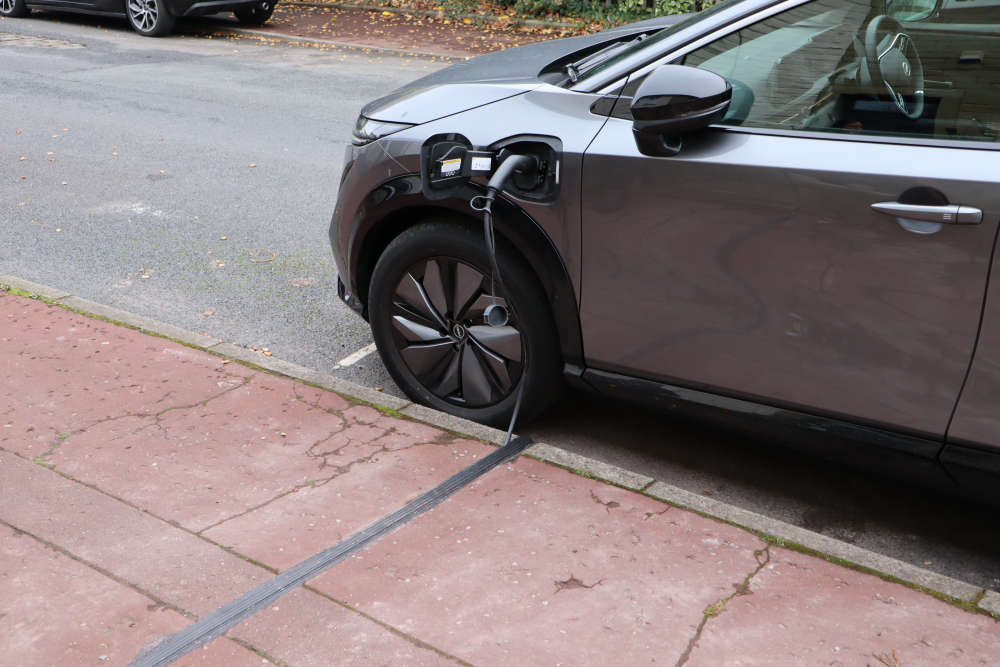
Lancashire will need to see an eight-fold increase in the number of electric vehicle charging points by the end of the decade, it has been estimated.
Just over a third of the cars and vans on the county’s roads are expected to be fully electric or hybrid within the next six years.
Lancashire County Council has calculated that 6,665 charging stations will be required at or near the roadside in order to meet the likely level of demand in 2030 – up from the 817 in operation as of July this year.
The authority is currently working out where the kit should be installed in order to ensure sufficient access for motorists without driveways or garages where they could otherwise charge their vehicles.
It is also now trialling the use of special ‘cable trays’ for such residents – and is seeking volunteers to take part in an assessment of how well they work. The facilities provide a convenient kerbside charging option for drivers who do not have off-street parking at their home.
A second trial which will see lampposts used as charging points – negating the need for any additional street clutter – is set to start shortly.
However, a recent meeting of County Hall’s environment, economic growth and transport scrutiny committee heard warnings of the future risk of “charging wars” between drivers – notwithstanding the huge expansion of public charging infrastructure in the pipeline.
Committee member Alan Cullens said he feared the growth in the need for chargers could lead to “antisocial behaviour” over access to newly powered-up parking spaces close to residents’ homes.
“I can see…people saying, ‘I demand that place, because that’s where my charging point is’,” County Cllr Cullens predicted.
“[There could also be] charging wars at public stations as well, because people are going to be driving around trying to find one that’s vacant.”
County Cllr Turner told the committee he had similar concerns and said that there were a range of issues that would need to be worked through as car culture changed with the shift to electric – including the lack of parking space in many of Lancashire’s terrace streets.
“There’s also a bit of education [required] about [not needing] to be at 100 percent [charge] the whole time,” he explained.
Debbie King, the county council’s head of environment and climate, said dedicated parking spaces were not being provided as part of the cable tray charging trial – and stressed that drivers using close-to-home charging facilities only had to be able to park outside their property for the time it took “to meet [their] charging needs”.
“[That] doesn’t necessarily mean every night – a lot of people only need to charge their vehicle once or twice a week,” she added.
The committee heard that only one person so far to have signed up to the trial scheme had expected it to come with priority parking.
Small ‘charging hubs’ are also under consideration as part of a potential solution for neighbourhoods where kerbside space is limited. In order to prevent motorists from occupying the county council’s own roadside charging spaces for longer than they need to, the facilities are subject to time restrictions.
Sixty-nine percent of the charging demand in Lancashire by the end of the decade is expected to have to be met by chargepoints that are within walking distance of a household, as opposed to those located elsewhere and visited either specifically to obtain a charge or for another purpose such as shopping.
The county council was last year allocated £10.1m from the government’s Local Electric Vehicle Infrastructure (LEVI) fund to invest in new chargers. But before it can access the cash, the authority has to demonstrate how it plans to use the funding – and is now engaged in discussions with the Office for Zero Emission Vehicles, which will continue for several months.
As part of the work, Lancashire is being mapped to determine the best places to install the additional chargepoints that will be needed in little more than five years.
Debbie King told the committee that County Hall had begun to develop “a methodology for site selection…which will identify potential locations”.
The resultant “long list”, she explained, will then be checked against specific local circumstances in different parts of Lancashire in order to decide “what’s appropriate and what will work”.
Ms. King said the aim of the public funding was to ensure no areas get “left behind” in the charging point rollout by virtue of them not being profitable enough locations to persuade private companies to put the necessary infrastructure in place.
“We are…expecting that some of the chargepoints won’t be [well] used – and this is the role that we have in terms of off-setting the commercial sector who will want to put [them] in places where they…can generate income,” she added.
Cabinet member for environment and climate change Shaun Turner – himself a convert to the electric car – said he had initially been “sceptical” about the idea of “just shoving infrastructure out there and then it not being used”.
However, he said the volume of data underpinning the process was vast and would mean the chargers were installed where they were needed. The mapping exercise will take into account practical issues like electricity grid capacity and flood risk, along with socio-economic factors.
Under current legislation, 80 percent of new cars and 70 percent of new vans sold in the UK must be zero emission by 2030, ahead of the introduction of a complete ban on the sale of new petrol and diesel vehicles from 2035. The latter deadline was delayed by five years by the previous Conservative government.
The nation’s electric vehicle infrastructure strategy is based on a vision of the majority of drivers doing most of their charging at home, overnight.
Public chargepoints are intended for those driving long distances and to support those without access to home chargers. Their price fluctuates with the price of electricity.
Lancashire County Council has used additional government funding to employ a project manager and two project officers for a period of three years to deliver the LEVI programme.
I GOT THE POWER?
While work is under way to ensure Lancashire has enough electric vehicle chargepoints to meet the needs of its motorists in 2030, figures reveal there is currently plenty of spare capacity in the county.
Lancashire County Council has installed 150 fast and rapid chargers at 33 roadside locations across all 12 of its districts. The facilities typically provide a full battery charge in less than an hour.
However, according to figures presented to the environment, economic growth and transport scrutiny committee, their average weekly usage level last month reached only 8.8 percent of its maximum potential. While this is a more than four-fold increase on the position in January 2020, Debbie King nevertheless acknowledged that it was “a bit lower than…we would expect”, but said it “reflects where Lancashire is in terms of [electric vehicle] ownership”.
There are currently around 9,500 electric vehicles registered in Lancashire – a figure which is expected to rocket to almost 245,000 by the end of the decade. However, that would still equate to only one in three cars and vans on the county’s roads.
There was a 36 percent increase in the size of the public charging network in Lancashire – made up of both council-run and privately-operated chargepoints – in the 12 months to July. That equates to 65.2 chargepoints per 100,000 population – above the equivalent figure for the North West of 59.5.
However, several committee members raised concerns over the lack of charging facilities in more rural areas.
County Cllr Jenny Purcell, who represents the Pendle Rural division, said electric vehicle drivers would be deterred from visiting Lancashire’s smaller towns and villages if they could not be sure of being able to charge up while they were there.
The committee recommended the county council seeks to maximise the “commercial opportunities” of the expansion of the electric vehicle charging network – and members were told there was a government expectation that the private sector will be investing in the ramped-up rollout, alongside local authorities.
PAVEMENT POWER
The ‘cable tray’ trial currently taking place across Lancashire sees residents without off-street parking enabled to hook up their vehicles to their home electricity supply, via a cable which runs through a channel cut into the pavement surface. The wiring is then contained within a metal or plastic case to reduce the risk of creating a trip hazard for pedestrians.
More than 60 households have so far signed up, but more are being sought as Lancashire County Council secured government funding for around 100 installations, experimenting with three different types of channel.
Mike Pickering, who is amongst the motorists taking part, says the facility has given him more freedom to use his car whenever he feels like it – and urged others who do not have an at-home charging option to give it a go.
“I live in a terraced street and this is the first scheme I have been able to use that is really local to me,” the 65-year-old, from Nelson, explained.
“The benefits include it being eight times cheaper and the convenience of charging it so close, overnight.
“It costs 87p a kilowatt on some of the paid charging points, but charging from home is just 7-9p per kilowatt. It can really add up – now I can charge the car for around a tenner, whereas it previously cost £70-80.
“As I can charge the car more often for less money, this means that I can be less cautious about when I use it. I can go shopping and make trips out when I need to and now have the freedom of being able to pop out more”
Anybody interested in taking part should email EVCharging@lancashire.gov.uk to express an interest. Applications will close once the maximum number of participants has been reached.
The separate planned trial of lamppost charging will begin once technical details have been finalised.

 The Harris announces grand reopening in September
The Harris announces grand reopening in September
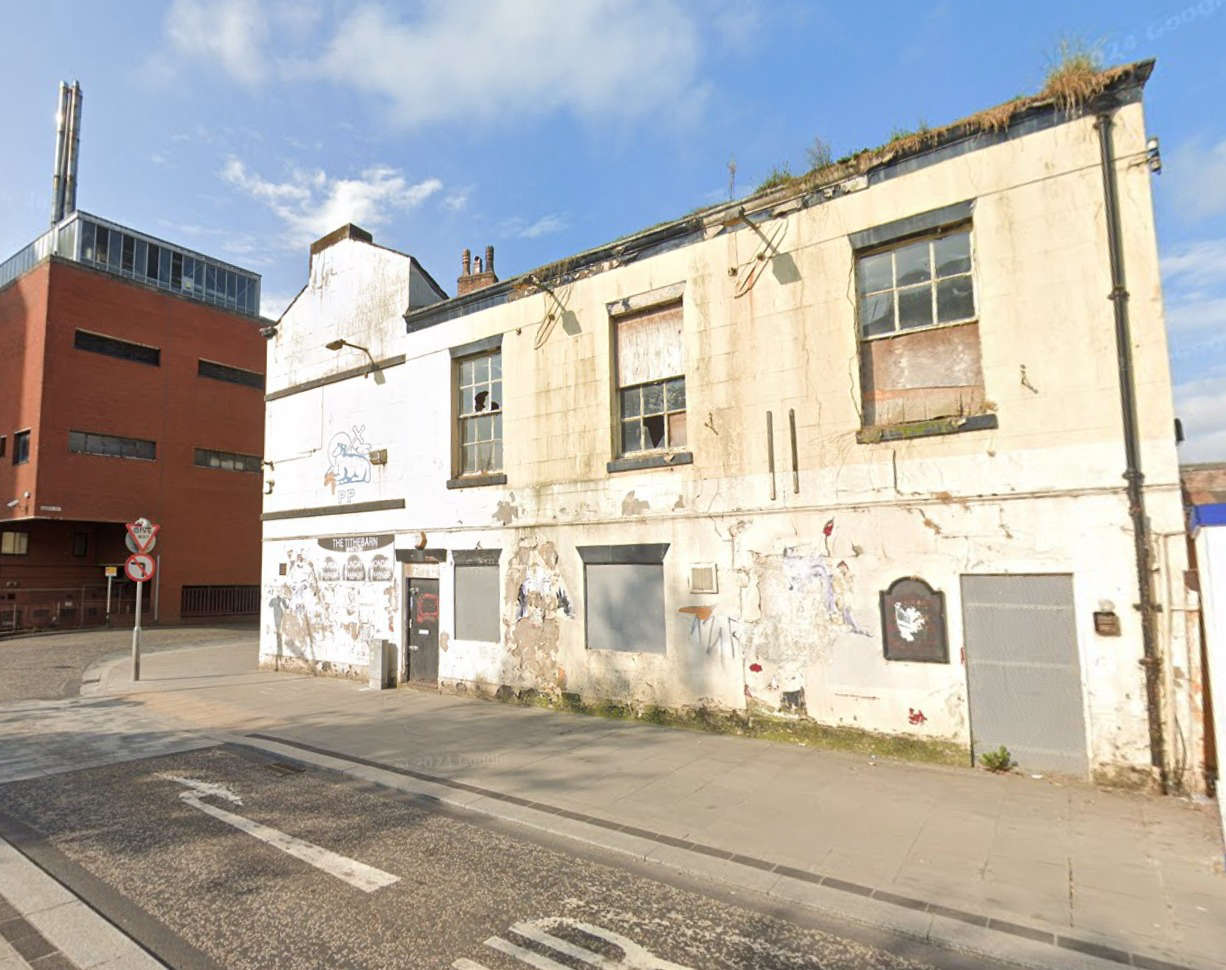 Preston pub demolition approved
Preston pub demolition approved
 Lancashire Lightning win final over thriller at Northants
Lancashire Lightning win final over thriller at Northants
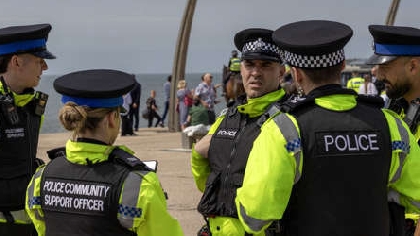 Lancashire Police made 3,035 ASB arrests in last 12 months
Lancashire Police made 3,035 ASB arrests in last 12 months
 Police Commissioner launches new fund to combat violence against women and girls
Police Commissioner launches new fund to combat violence against women and girls
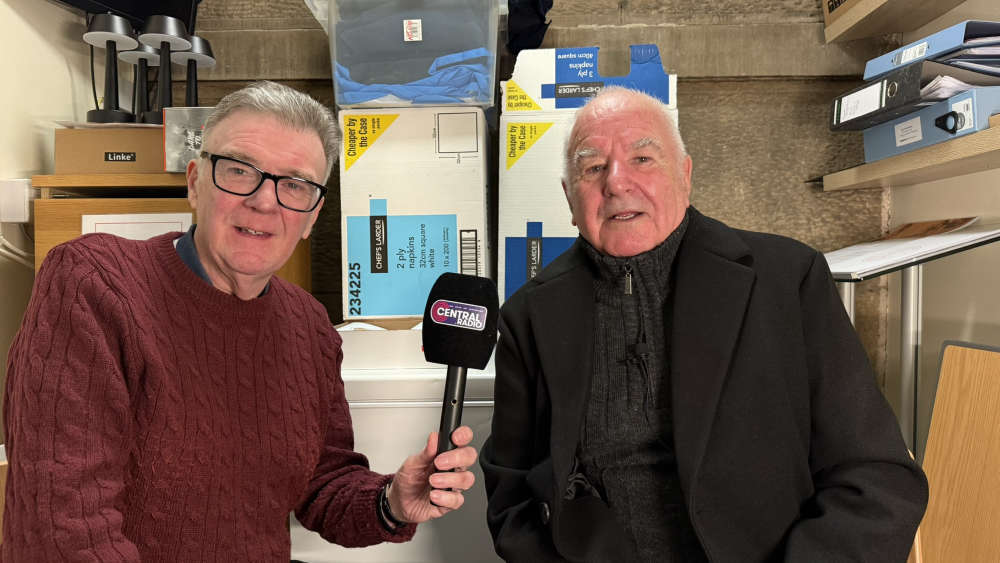 Military veterans cafe in the heart of Preston tackling loneliness and isolation
Military veterans cafe in the heart of Preston tackling loneliness and isolation
 Preston primary school celebrates new expansion
Preston primary school celebrates new expansion
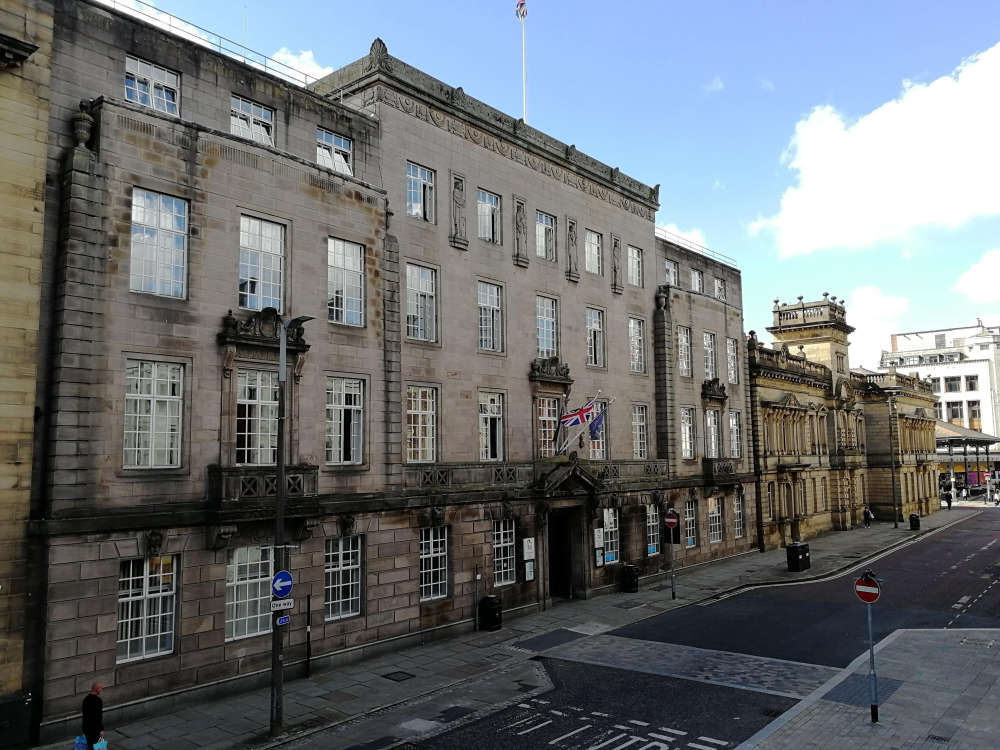 Preston’s Palestinian friendship agreement
Preston’s Palestinian friendship agreement








